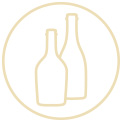
Sparkling wine bottles
You see them on tables at celebrations. Sparkling wine bottles: the heavyweight among wine vessels. The weight and feel of it immediately lets you know that something special is inside.
Solid as a rock
Thick-walled bottles with a stable base and usually wide finishes in various sizes, as well as a variety of colours and basic shapes. Theoretically, any bottle shape can be used to make a sparkling wine bottle, although it must be able to withstand the high internal pressure produced by the CO2.
XXL sparkling wine bottles
Essentially, a sparkling wine bottle usually has a 0.75 litre capacity. That said, there is a particular tradition in sparkling wine production to fill large bottles. The following sparkling wine bottle sizes are currently common:
Thick-walled bottles with a stable base and usually wide finishes in various sizes, as well as a variety of colours and basic shapes. Theoretically, any bottle shape can be used to make a sparkling wine bottle, although it must be able to withstand the high internal pressure produced by the CO2.
XXL sparkling wine bottles
Essentially, a sparkling wine bottle usually has a 0.75 litre capacity. That said, there is a particular tradition in sparkling wine production to fill large bottles. The following sparkling wine bottle sizes are currently common:
- Piccolo- (quarter bottle) (0.2 l)
- Demi or Half (half bottle) (0.375 l)
- Imperial (standard bottle) (0.75 l)
- Magnum (1.5 l)
- Jeroboam (double magnum) (3 l)
- Rehoboam (4.5 l)
- Methusalem (6 l)
- Salmanassar (9 l)
- Balthazar (12 l)
- Nebuchadnezzar (15 l)
- Melchior or Goliath (18 l)
- Sovereign or Souverain (25.5 l)
- Primat (27 l)
- Melchisedech (30 l)
Dark colours for long storage times
The colour spectrum for sparkling wine bottles tends to be dark, as this liquid spends its time in the bottle. For our range, we have opted for the basic colours of antique and white, although different shades can also be created. The variety of finishes and closures is rather limited in the sparkling wine bottle field, in which traditional cork and agraffe closures dominate. The bottle’s internal pressure makes alternative closure types an unwise choice.
Sparkling design in all variations
Similarly to wine bottles, all kinds of finishing touches are possible in product design. Traditionally, embossing und elaborate labelling have been popular. Particularly striking are the often deep concave bases, inspired predominantly by the big champagne houses of France, and currently also influencing sparkling wine bottle shapes in German-speaking regions. Gripping the bottle about two thirds of the way down helps to achieve the perfect pour. Perfectionists place their thumb into the punt and splay their fingers around the body to maintain a good hold. Incidentally, a host will hold the bottle in such a way as to make the label visible, letting guests know which house the wine comes from. At this point, just a little sparkling wine is poured into each glass in order to avoid too much foaming. After that, each glass is filled up to two thirds, whereupon the bottle is withdrawn from the glass with a quick twist of the hand.
For more information about our bottles, please click on the corresponding link, use our item overview, or simply send your query direct to our team.
The colour spectrum for sparkling wine bottles tends to be dark, as this liquid spends its time in the bottle. For our range, we have opted for the basic colours of antique and white, although different shades can also be created. The variety of finishes and closures is rather limited in the sparkling wine bottle field, in which traditional cork and agraffe closures dominate. The bottle’s internal pressure makes alternative closure types an unwise choice.
Sparkling design in all variations
Similarly to wine bottles, all kinds of finishing touches are possible in product design. Traditionally, embossing und elaborate labelling have been popular. Particularly striking are the often deep concave bases, inspired predominantly by the big champagne houses of France, and currently also influencing sparkling wine bottle shapes in German-speaking regions. Gripping the bottle about two thirds of the way down helps to achieve the perfect pour. Perfectionists place their thumb into the punt and splay their fingers around the body to maintain a good hold. Incidentally, a host will hold the bottle in such a way as to make the label visible, letting guests know which house the wine comes from. At this point, just a little sparkling wine is poured into each glass in order to avoid too much foaming. After that, each glass is filled up to two thirds, whereupon the bottle is withdrawn from the glass with a quick twist of the hand.
For more information about our bottles, please click on the corresponding link, use our item overview, or simply send your query direct to our team.
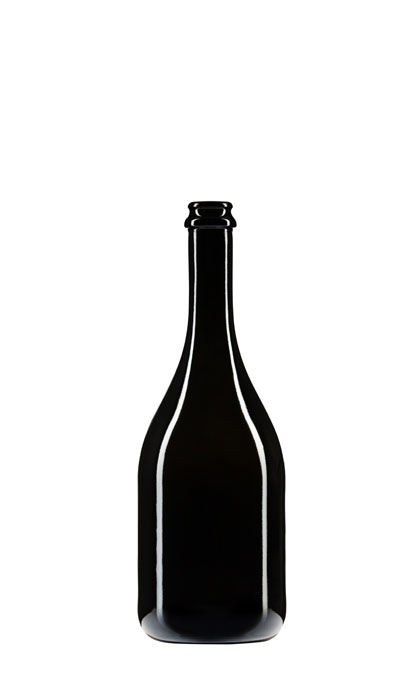
Champagner Aida
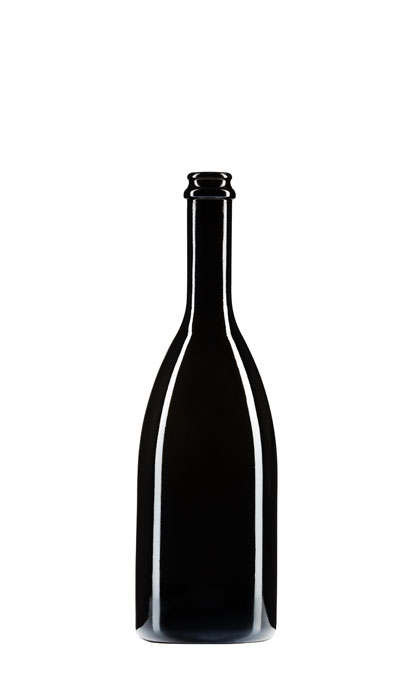
Champagner Armonia
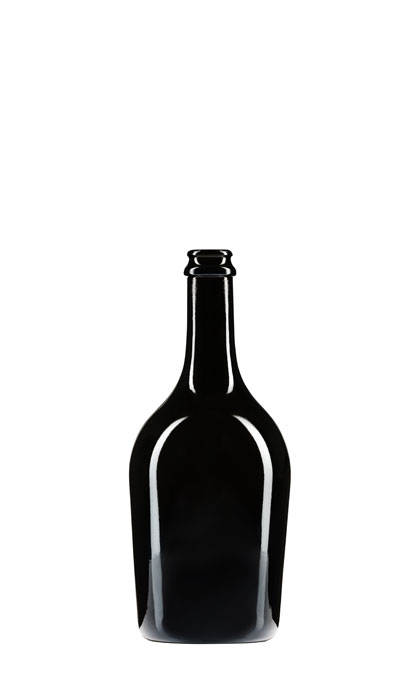
Champagner Butterfly
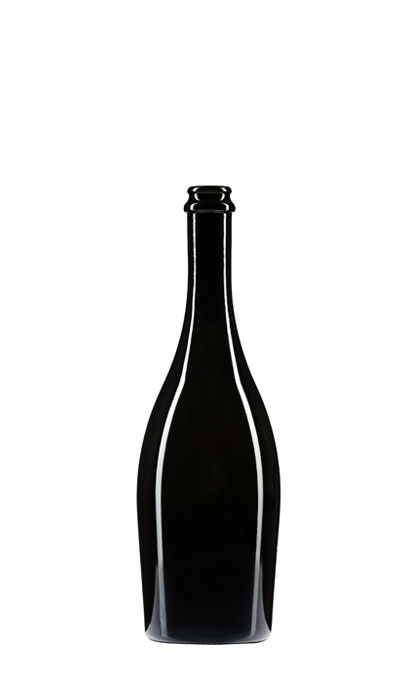
Champagner Carmen
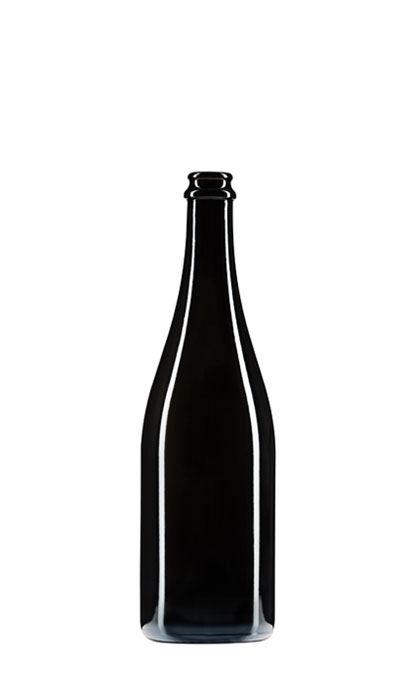
Champagner Classica
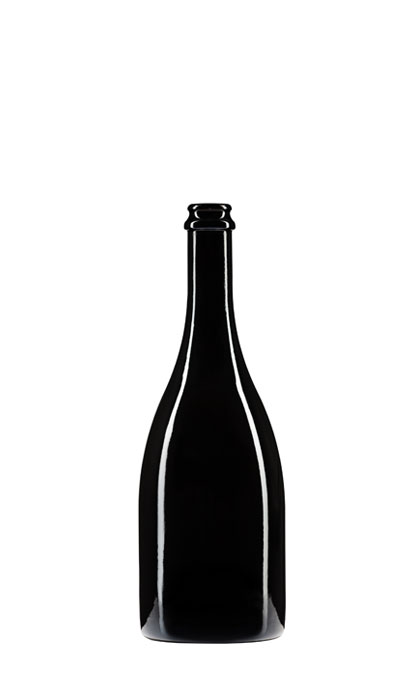
Champagner Cru
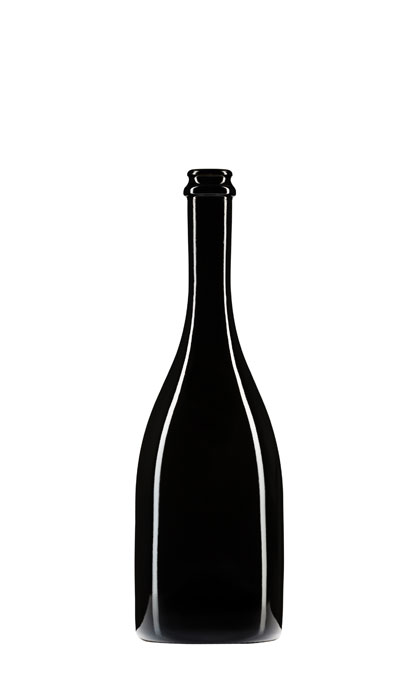
Champagner Grand Cru
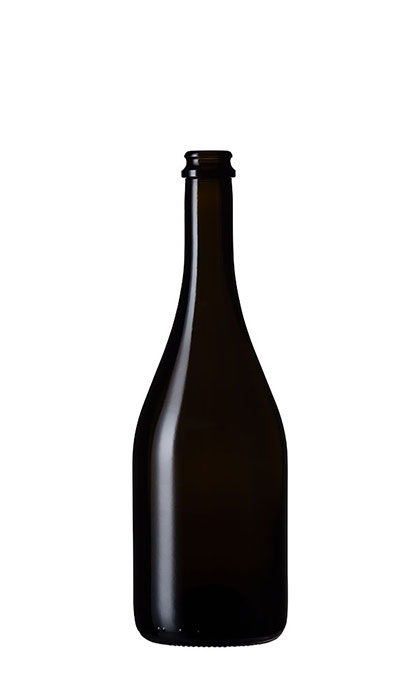
Champagner Maxim

Champagner Medea
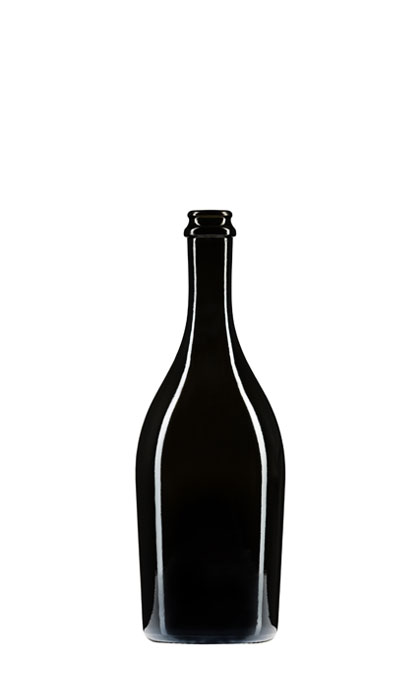
Champagner Premiere
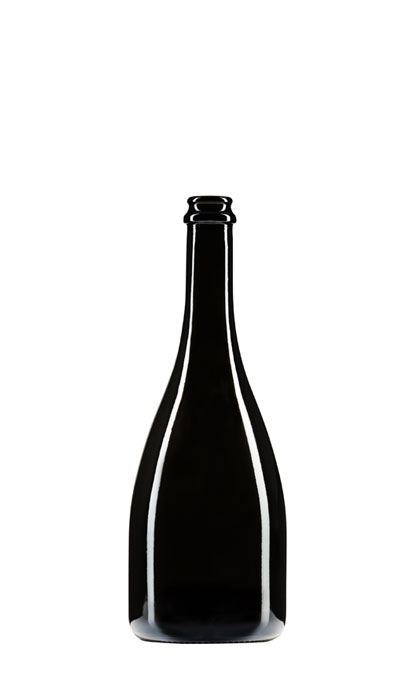
Champagner Prestige
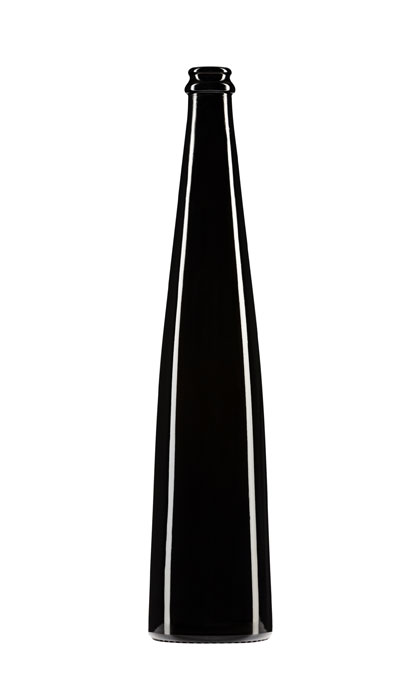
Champagner Renana Punto

Champagner Reserve
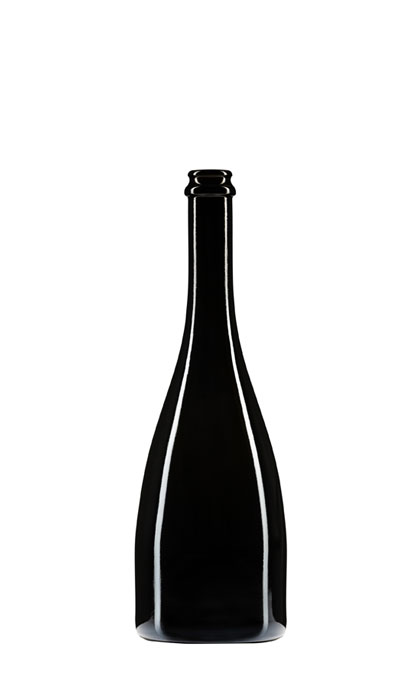
Champagner Tosca
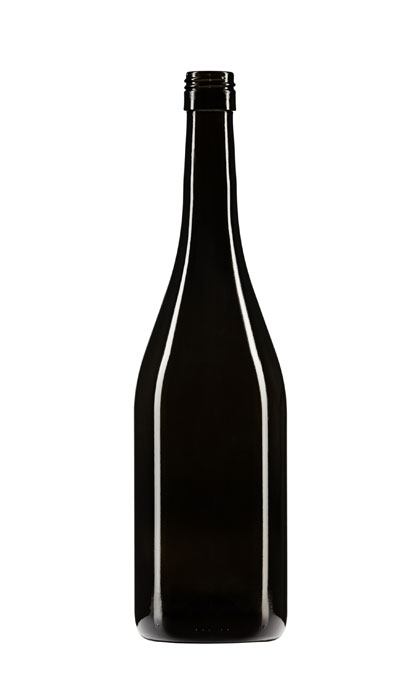
Frizzante BVS

Spumante Aida
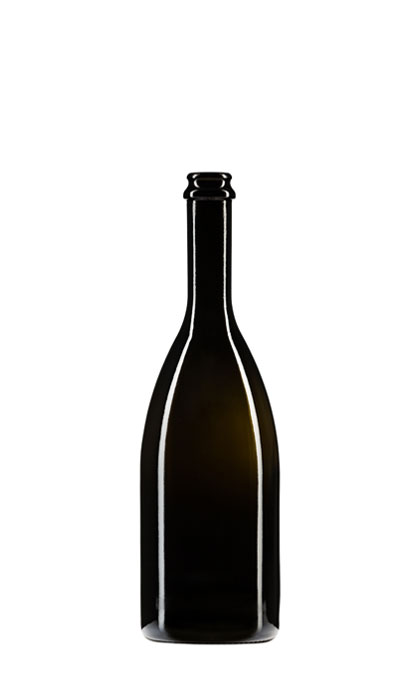
Spumante Armonia
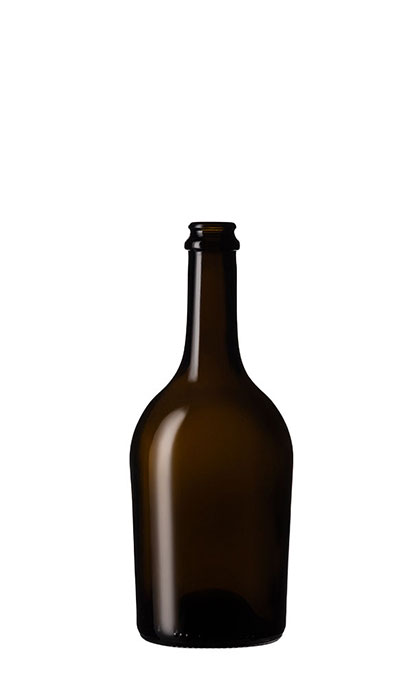
Spumante Atmosphere
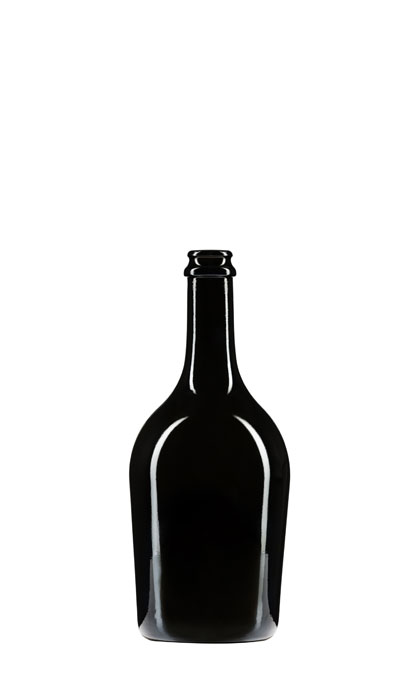
Spumante Butterfly
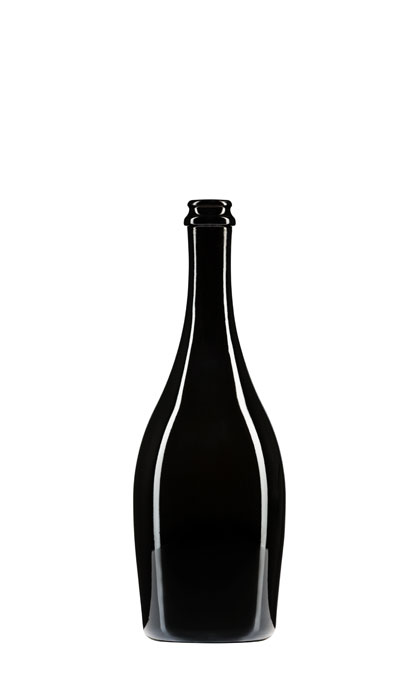
Spumante Carmen

Spumante Collio

Spumante Collio Ecova
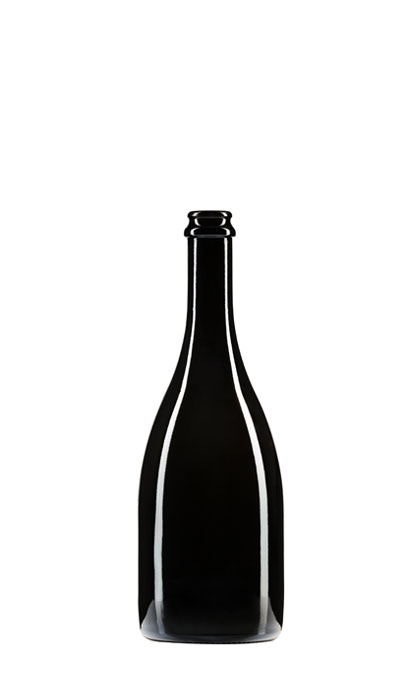
Spumante Cru
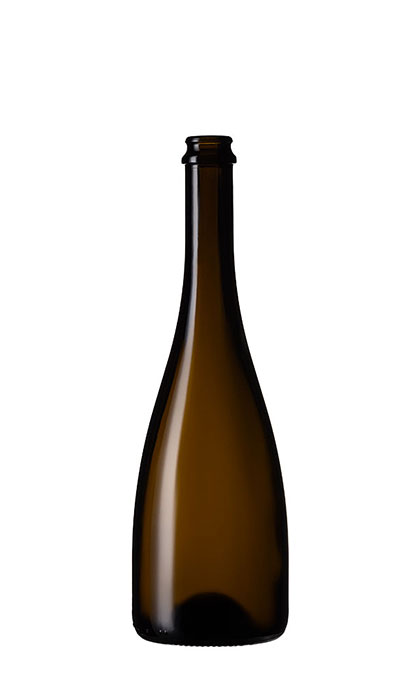
Spumante Flute light
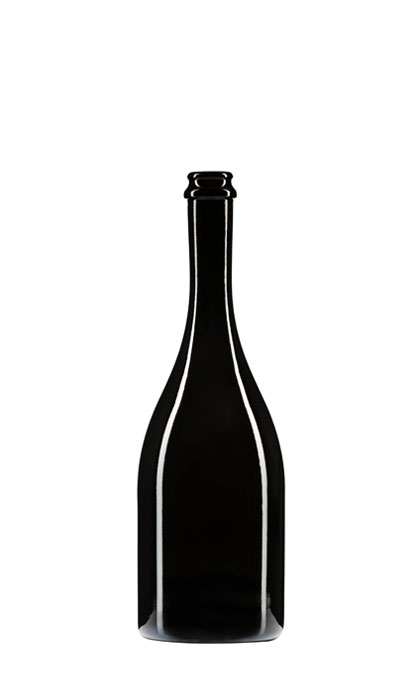
Spumante Grand Cru

Spumante Medea
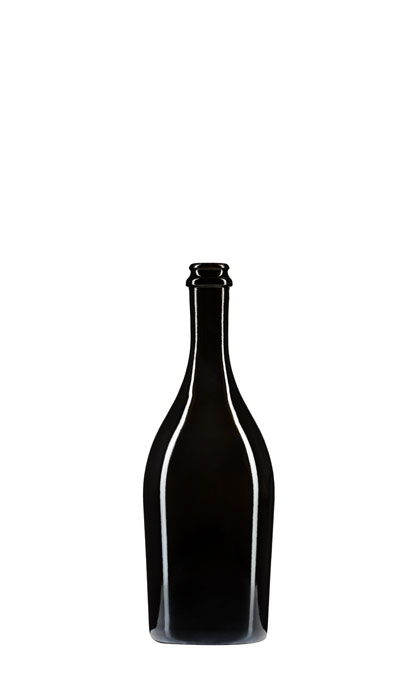
Spumante Premiere
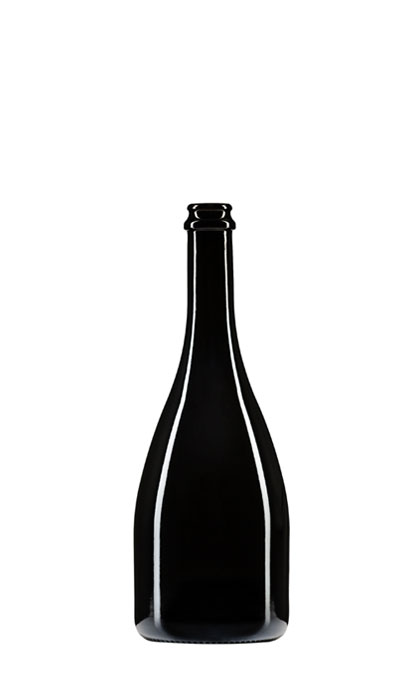
Spumante Prestige

Spumante Tosca
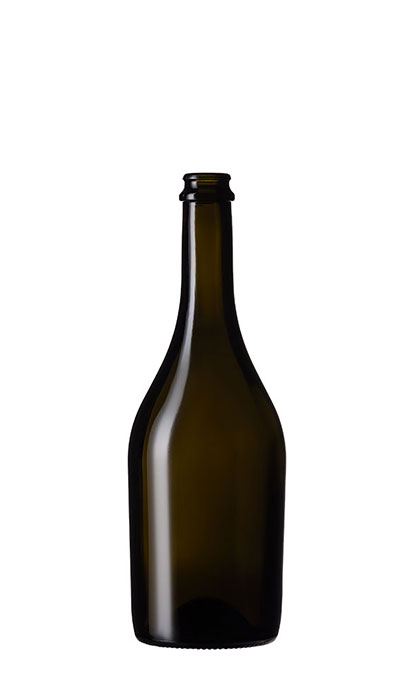
Spumante Tracy
Tingling on the tongue
The perlageof a sparkling wine
Why should this be different in a bottle? We have long been asking ourselves this question, and have worked hard to be able to provide an answer. The bottle creates a worthy environment for the king of wines, whether it is made using traditional methods or otherwise. In any case, this is a high-quality product which demands the perfect packaging.


